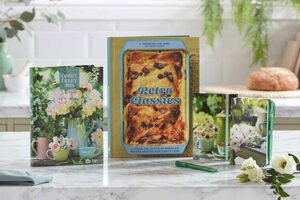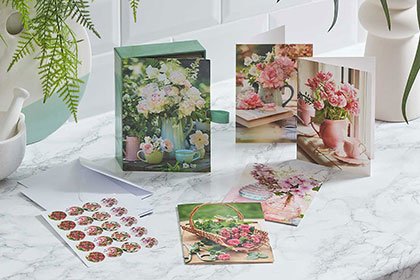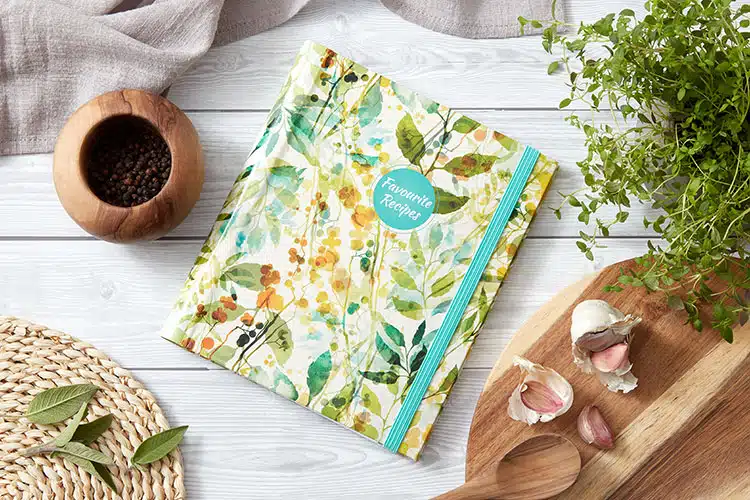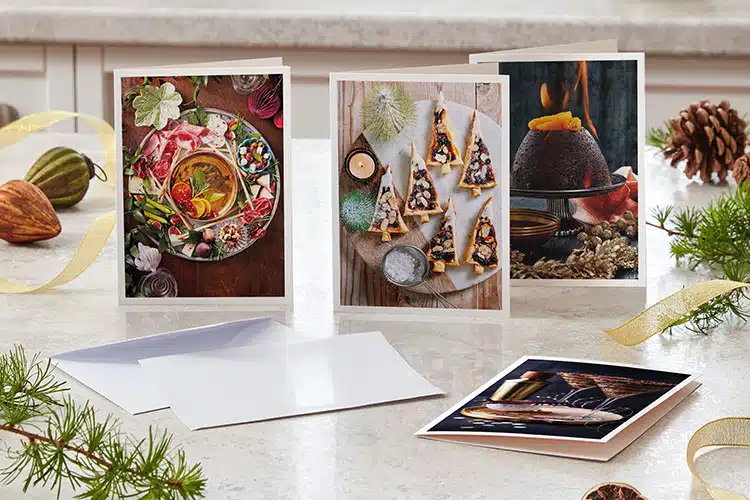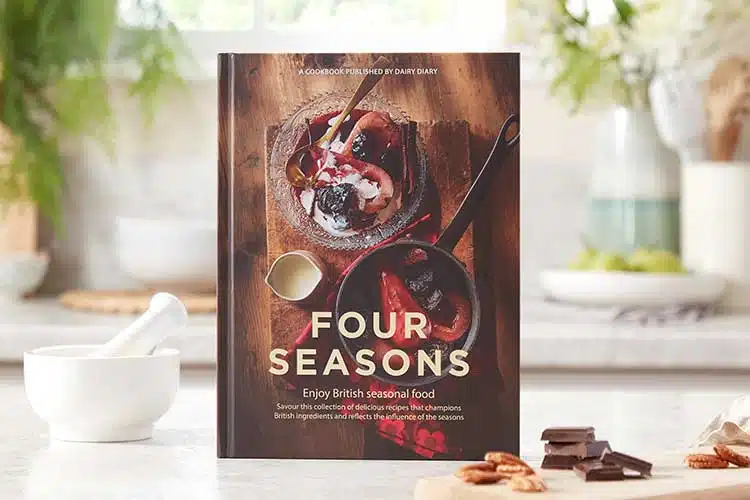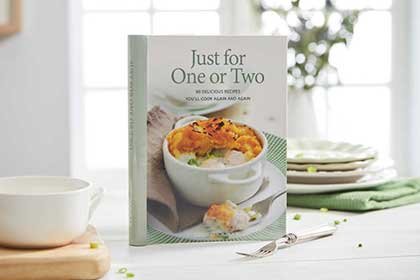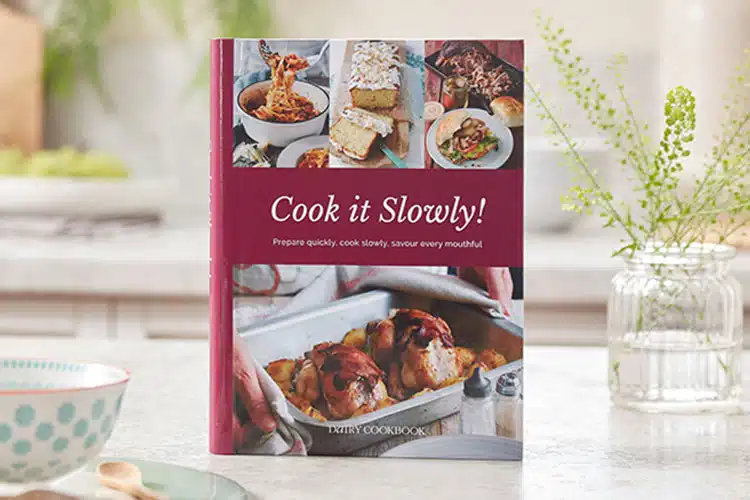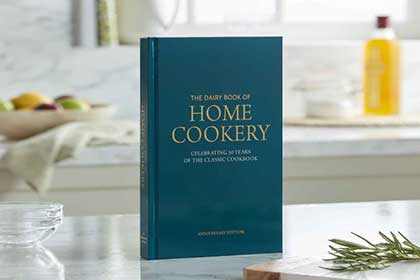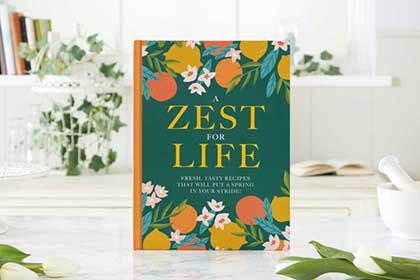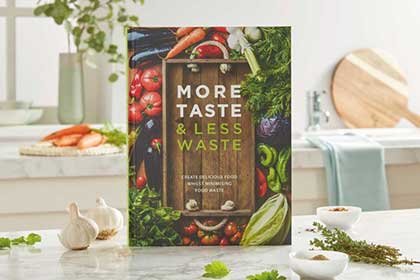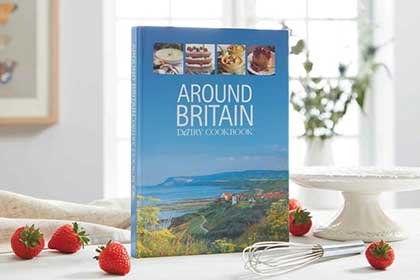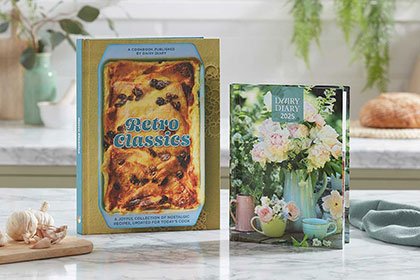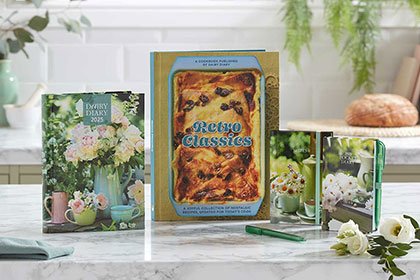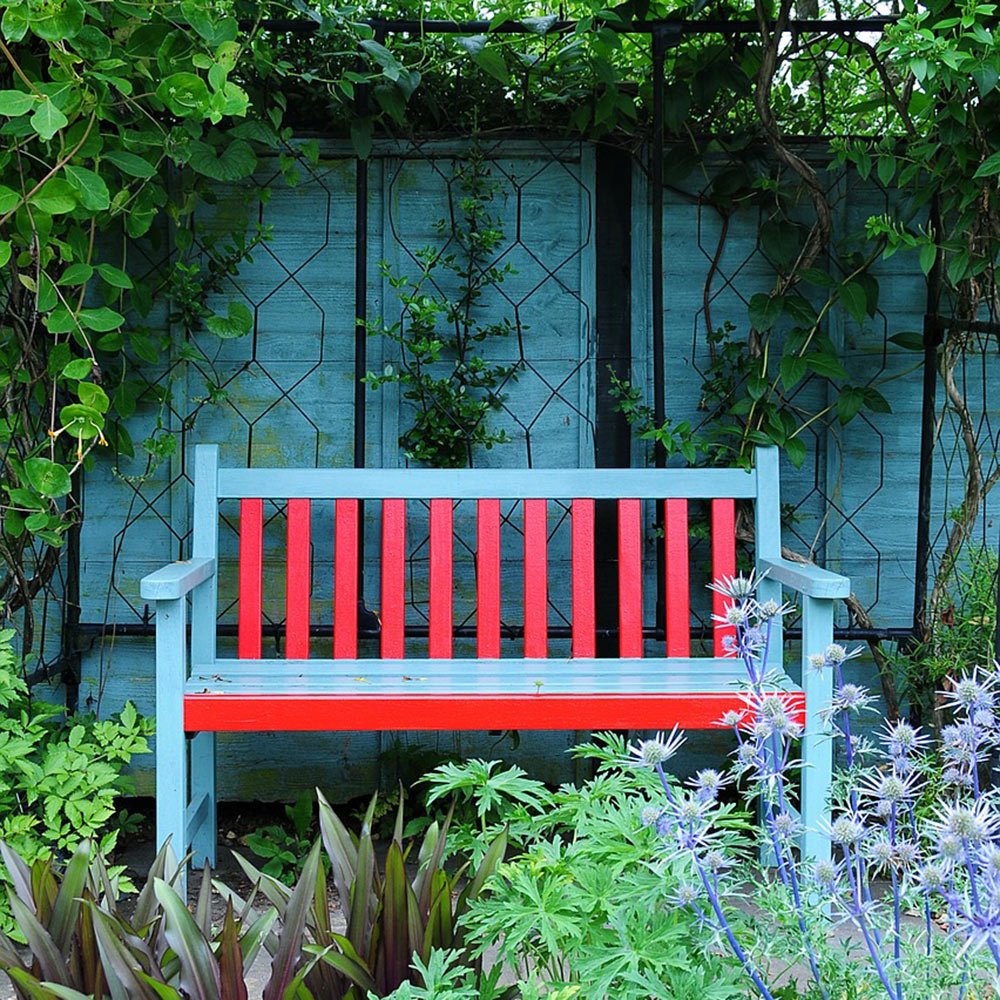The garden is naturally a place of sunshine and shadow, of lightness and dark.
Most gardeners will have shady areas of outdoor space that require a little creative planning and considered planting to look their best. With a little forethought, the dappled areas of your garden, patio or balcony can really shine – more than making up for what they lack in natural light.
5 Positives of Shady Gardens
- Borders in shade retain more moisture.
- Shady areas require less work to maintain and weeds will grow more slowly.
- Many plants suited to shade have interesting foliage that provides appeal for a long period of the year, including during winter.
- Most leafy edibles prefer some shade and makes them less likely to go to seed.
- Many fruits can tolerate shade as they originally grew on the edges of forests – think redcurrants, gooseberries, blackcurrants and raspberries.
Shady garden areas require shade-loving plants, but not all plants love or loathe shade to the same extent.
To make the most of shady areas, it’s vital to recognise one important fact: all shade is not created equal. Levels of shade vary in gardens, depending on the aspect, season and time of day.
Types of Shade
• Light shade: Open to the sky but not in direct sun due to a wall, fence or grouped trees.
• Partial shade: Gets 3-6 hours of direct sun per day in midsummer.
• Dappled shade: Receives diffused light through open tree canopies all day.
• Moderate shade: Receives 2-3 hours of direct sun per day in midsummer.
• Deep shade: Under dense, evergreen tree cover or overhanging buildings. If a spot receives under 2 hours of direct sunlight daily, it is also classified as deep shade.
Ten Plants Suited to a Shady Garden
- For deep shade – Common Lungwort (Pulmonaria) – funnel shaped flowers in spring change from pink to blue once they have been pollinated.
- For low maintenance – Ferns – One of the oldest known plant types, having evolved beneath towering conifers during the age of the dinosaurs, so are used to indirect light and even deep shade.
- For variety – Coral bells (Heuchera – pictured). These versatile plants provide year round interest. Leaf colour ranges from silver to deep purple, salmon and lime green.
For dappled shade: Greater masterwort (Astrantia major). Coming in a variety of colours ranging from deep crimson to pale pink and white, Astrantia thrives in light, dappled shade due to its woodland origins. It will readily self-seed around the garden – an added bonus!
5. For under trees: Primroses (Primula vulgaris). This low, carpet-spreading perennial flower is native to British woodlands and does best in damp, dappled shade. They will provide a welcome burst of lightness in shade beneath trees in early spring.
6. For ground cover: Periwinkle (Vinca). The periwinkle plant is part of the violet family and provides good winter colour and satisfying ground cover. It is handy for out-competing weeds in wilder areas of your garden.
7. For cottage gardens: Foxgloves (Digitalis). Foxglove spires are at home in any cottage garden and are ideal for providing colour in early to mid-summer. When choosing where to plant, keep in mind that foxgloves (both flower and foliage) are toxic to humans and pets if ingested.
8. For flowers: Hydrangeas (Hydrangea macrophylla, petiolaris and arborescens). Once established, these shrubs will provide reliable summer colour beneath trees or on the shady side of a garden. Tough and resilient, they come in a variety of sizes and different forms, including climbers. They also provide near year round interest as their brown seed heads should not be cut down until spring.
9. For structural interest: Japanese aralia (Fatsia japonica). This broadleaf evergreen plant has intriguing star-shaped leaves and umbels of white flower heads in autumn. It will thrive even in the full shade that kills off many other plants. It can grow up to 2.5 metres (8 feet) tall so is ideal for the back of a shaded border, but also does well in containers.
10. For interesting foliage: Siberian bugloss (Brunnera macrophylla). In spring, these plants throw up a profusion of small, pale blue flowers – very similar in appearance to forget-me-nots – while their leaves are dotted with silvery veins.

I look after communications and marketing at Dairy Diary. I’m a busy mum and love home baking and cooking for my family. In my spare time I enjoy visiting the theatre, eating out with friends and exploring the great outdoors!




